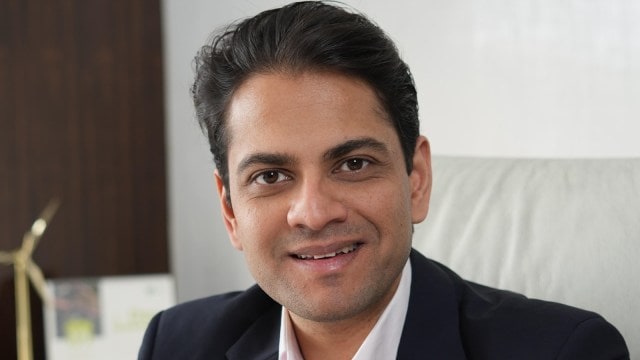India commissioned wind energy capacity of 3.3 GW in FY24 and aims to double the figure in the ongoing financial year. Inox Wind Ltd, part of the INOXGFL Group, is among the county’s largest wind energy companies offering end-to-end solutions, including equipment manufacturing. In a conversation with Aggam Walia, Devansh Jain, Executive Director of INOXGFL Group, talked about the setbacks faced by the industry in recent years, the viability of offshore wind and battery storage, and the export potential of made-in-India wind turbines. Edited excerpts:

The wind industry went through a very rough phase over the past 5-6 years, owing to abrupt transition in regulatory policies from preferential tariffs to reverse auctions. The pain in the sector was exacerbated by the Covid pandemic. This period ended with most original equipment manufacturers (OEMs), be it Indian or international players, either going bankrupt or shutting down their operations.
Inox Wind not only survived this phase but also took several strategic initiatives to strengthen itself for the immense opportunities that lie ahead. Significant capital infusion by its promoters has helped the company to substantially deleverage and strengthen its balance sheet. With this, the company is now on course towards its objective of becoming net debt-free by the first half of FY25.
We also increased our operational capacity and ensured that our supply chain was ready to support gigawatt-scale annual execution. On the product front, the supplies of our 3.3 MW turbines are in full swing. This turbine has been designed for Indian conditions and offers one of the lowest levelised cost of energy for any turbine in its class. Further, we are working towards launching a 4.X MW platform next year, which will secure us on the technological front for the next decade.
Are offshore wind projects economically viable for Indian developers?
I don’t believe in offshore wind. It’s a very good, forward-looking move. But from an Indian context, the cost of offshore is two and a half times the cost of onshore wind. So barring demonstration projects, you won’t see much of that. For the next 10 years, nothing’s going to happen. Moreover, onshore potential in India ranges from 300 GW to 1,100 GW, depending on which study you pick. We’re at 43 GW right now. So even if we do 15 GW/year — and we’re too far from that — for the next 20 years, we don’t need to worry.
To solve for renewable energy intermittency, wind-solar hybrid is being pushed as a suitable solution. Battery energy storage systems (BESS) are also gaining traction. How do you see these developments?
With hybrid, you are basically optimising the use of the grid. Wind is early morning and when it rains, and solar is during the day hours. When you combine them into the grid, you’re basically allowing for a much better utilisation of the grid. And if our target is 500 GW by 2030, we can’t be building a grid for 1500 GW. Someone is still paying for the cost of the grid– it’s too expensive.
Story continues below this ad
Hybrid essentially abates the excess wastage of the common infrastructure that is developed. So in that sense, hybrid, firm and dispatchable renewable energy (FDRE), and round-the-clock (RTC) supply is the way forward for the country– the 30 per cent utilisation of renewable capacity goes up to 50-70 per cent with these.
Also, battery storage is too expensive today. You’ll have demonstration projects, you’ll have a 5 MWh battery. But in terms of mainstream, large-scale usage, it’s too expensive for India till battery costs don’t drop to at least Rs 1 per unit. I think post-2030 is when you’re going to see significant battery storage coming into play. And yes, when more and more battery storage comes into play, you’ll have more wind and solar coming into play because then you’ll replace the entire thermal capacity which is out there. But that delta needs to drop to about Rs 1 per unit. We’re too far away right now– I see from 2030 onwards costs will gradually keep going down until it reaches a pivot point. But gradually– it’s not going to go down from Rs 6 to 7 per unit to Rs 1 per unit today or in 5 years.
On the manufacturing side, is Inox looking at exporting equipment to other countries?
Our manufacturing capacity is already about 2.5 GW. We’ve also fully transitioned to our 3 MW turbine now. I don’t think we are focused on exports right now for two reasons. We would rather focus on the unprecedented opportunity we have in India and that’s our clear goal. There are some export opportunities but some of our eastern counterparts are passing lines our Indian banks don’t provide globally.
Story continues below this ad
While we can compete on quality and cost, we can’t give $500 million lines, so that’s one drawback. Also with the opportunities here, we want to be fully focused on the Indian market.
































